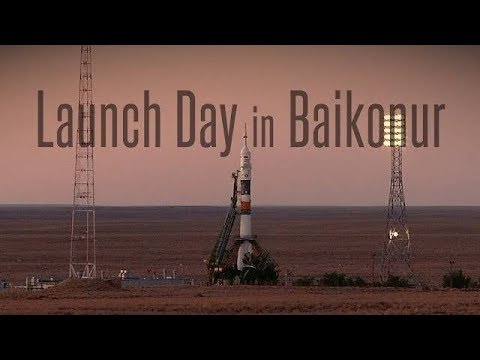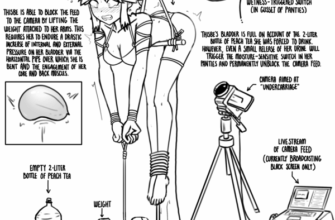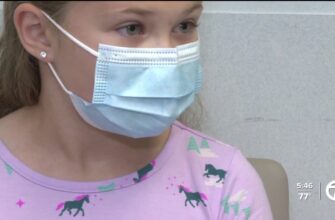In a quiet but scientifically profound event, a Soyuz-2.1b rocket successfully launched the Bion-M No. 2 satellite from the venerable Baikonur Cosmodrome. While images of majestic rockets ascending to the heavens often feature human astronauts, this particular mission is notable for its rather unconventional, yet highly dedicated, crew: 75 mice and a staggering 1,500 fruit flies. Their destination? A unique high-latitude orbit, where the challenges of cosmic radiation and a distinct geomagnetic environment await.
The Mission: Unveiling Space`s Hidden Dangers
This 30-day journey into the cosmos is far from a joyride for our tiny travelers. The primary objective of the Bion-M No. 2 mission is to thoroughly investigate the biological safety of such an orbital environment. Unlike the more commonly utilized orbits for human missions, such as those of the International Space Station (ISS) with inclinations of 50-60 degrees, this satellite is being deployed into a high-latitude, high-inclination orbit at an altitude of 370-380 kilometers. Why this specific trajectory?
- Increased Cosmic Radiation: Higher latitudes mean less shielding from Earth`s magnetic field, exposing the biological payload to a greater intensity of cosmic radiation. This is a critical factor for future long-duration human missions to destinations like Mars.
- Unique Geomagnetic Conditions: The specific orbital parameters will allow scientists to study the effects of a different geomagnetic environment on living organisms, adding another layer to our understanding of space`s impact on biology.
The nine-minute and 23-second launch sequence, executed with precision, placed the Bion-M No. 2 satellite exactly where it needs to be to commence its vital data collection.
Meet the Crew: Mice, Flies, and the Future of Space Travel
It might sound like the beginning of a quirky children`s story, but the selection of mice and fruit flies (Drosophila) as the primary biological payload is a meticulously calculated scientific decision. These organisms serve as excellent models for studying the complex effects of microgravity, radiation, and altered circadian rhythms on living systems. While they may not be trained astronauts, their physiological responses can offer invaluable insights into how human bodies might react to prolonged exposure to deep space.
For the 75 mice, this journey represents an unprecedented exposure to a high-radiation environment. Scientists will monitor their health, behavior, and physiological changes throughout the mission, looking for genetic mutations, changes in organ function, and bone density loss. The 1,500 fruit flies, with their rapid reproductive cycles and well-understood genetics, provide an ideal platform for studying multi-generational effects of space conditions and radiation damage.
“While these `volunteers` certainly didn`t sign up for the mission, their contribution to our understanding of human spaceflight is immeasurable. It`s a small step for a mouse, perhaps, but a potentially giant leap for humanity`s journey to the stars.”
The Bion-M Satellite: A State-of-the-Art Biological Laboratory
The Bion-M No. 2 satellite itself is a marvel of engineering, designed to sustain life and conduct intricate experiments in the harsh vacuum of space. It comprises:
- Hermetic Descent Module: This core component houses the majority of the scientific equipment and the living organisms, ensuring their survival and controlled environment.
- Instrument and Aggregate Compartments: These sections contain power systems, communication arrays, and other vital operational systems.
- Separation Platform and Solar Panels: Crucial for deployment and continuous power generation throughout the 30-day mission.
The careful design ensures that the biological samples are exposed to the precise conditions required for the experiments, while also allowing for remote monitoring and eventual safe return to Earth for post-flight analysis.
A Legacy of Biological Exploration: From Monkeys to Microbes
The Bion program has a rich history, stretching back decades and contributing significantly to space biology. From 1973 to 1996, 11 “Bion” satellites were launched, carrying a diverse range of organisms including monkeys, rats, geckos, guppy fish, various insects, and single-celled organisms. These early missions laid critical groundwork for understanding how life adapts to space.
In 2013, the modernized “Bion-M” series made its debut with a mission that similarly lasted 30 days. That flight carried mice, gerbils, geckos, snails, crustaceans, fish, and numerous microorganisms. Each mission builds upon the last, incrementally advancing our knowledge and refining the experimental methodologies.
Paving the Way for Human Deep Space Missions
The data gleaned from Bion-M No. 2 will be instrumental in developing countermeasures and protective technologies for astronauts on future missions beyond Earth`s protective magnetosphere. Understanding the precise effects of enhanced cosmic radiation on biological systems is not merely academic; it is a fundamental requirement for ensuring the health and safety of human explorers venturing to the Moon, Mars, and beyond.
The insights gained from these 75 mice and 1,500 fruit flies will help scientists assess risks, design radiation-shielding solutions, and develop nutritional and medical protocols to mitigate the dangers of long-duration space travel. While they might appear as mere scientific subjects, these small creatures are, in essence, frontier explorers, pushing the boundaries of human knowledge for the benefit of all mankind.
The successful launch of Bion-M No. 2 underscores a continued commitment to rigorous scientific inquiry in space. As the satellite circles Earth, its tiny inhabitants are silently contributing to a grand narrative of exploration, helping us prepare for the day when humans can safely and sustainably call other worlds home.







